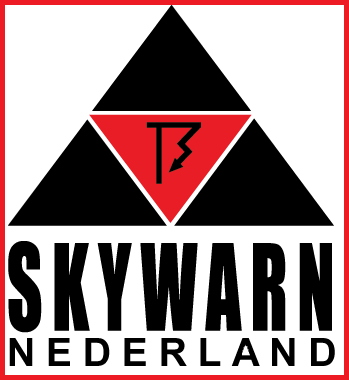
28-04-2012 06:42 | Estofex | m.b.t. 28-04-2012 t/m 29-04-2012

Storm Forecast
Valid: Sat 28 Apr 2012 06:00 to Sun 29 Apr 2012 06:00 UTC
Issued: Sat 28 Apr 2012 06:42
Forecaster: VAN DER VELDE
A level 1 was issued for NE France, E Benelux, Germany, N Poland, Lithuania mainly for a marginal chance of large hail and tornadoes.
A level 1 was issued for N Spain and S France mainly for a slight chance of large hail and severe wind gusts.
A level 1 was issued for Greece mainly for a chance of large hail.
SYNOPSIS
A low pressure area lies today over NE Spain and is shifting to the north. A large warm sector stretches north over France and then eastwards over N Germany/Poland and Lithuania. The cold front affects NE Spain and S France, after which a cool unstable airmass is advected over the western Iberian Peninsula. The warm airmass is characterized by 0-1 km average mixing ratio of 7-8 g/kg over France and Germany and LCL heights over 2000 m with steep lapse rates. At the warm front, which is almost stationary to the east and westward-moving over N France/Benelux, the veering winds with height and SSWly jet create very large vertical wind shear and storm-relative helicity values over 300-400 m2/s2 all along the front.
However, CAPE is not very large and more importantly, CIN can be strong enough to prevent convective initiation in most places.
DISCUSSION
...N France, Belgium, Luxemburg, Netherlands, Germany, N Poland, Lithuania...
GFS and Hirlam models hardly produce any precipitation apparently due to capped or very dry profiles, but both models also show some parcels have less than -50 J/kg CIN and may become isolated deep convection. Almost all CAPE simulated is in the warm airmass with high LCL and lower SREH than directly at the front, although still some 200-250 m2/s2 can reside over central/west Germany, and more than 20 m/s bulk 0-6 km shear. Large hail would then be possible in storms which develop rotating updrafts, if they indeed form at all. There is hardly any organized forcing factor for initiation. This environment is valid practically in the entire area.
After 21Z GFS produced convective precipitation in a very strong SREH and low level shear environment over N France and perhaps as far north as the Netherlands at the front, a more moist environment, and hence more supportive for tornadoes. However, convection could well be elevated instead of ground-based. Storm motion vectors indicate motion along the front (northeastward).
(alleen de voor NL en aangrenzende gebieden relevante tekstdelen overgenomen, klik hier voor de volledige forecast, red.)
Verwachtingen/waarschuwingen